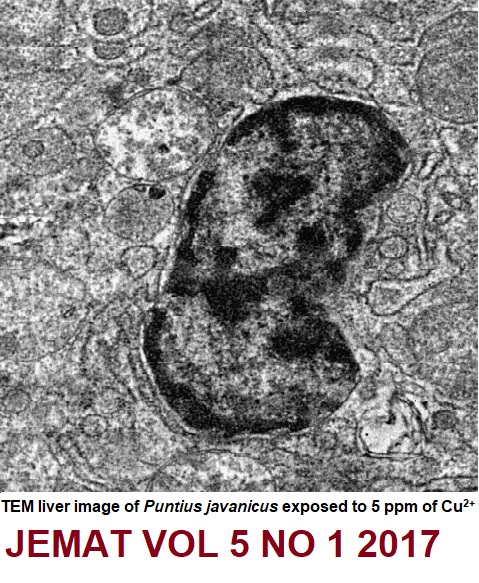Comparison between the modified Gompertz and Churchill death models in modelling the growth of cell culture from leaf-derived cell suspension of Barringtonia racemose
DOI:
https://doi.org/10.54987/jemat.v5i1.418Keywords:
Barringtonia racemose, cell suspension, growth curve, Churchill, modified GompertzAbstract
The growth of plant cell suspension culture often is observed to show a declining phase. Commonly used growth models such as can be used to model sigmoidal growth curves but do not fit curves showing a declining or death phase. In this study, the growth curves of Barringtonia racemose cell suspension under light and dark conditions were modelled according to the Churchill model, which incorporates growth and decline phases, and was compared to the popular modified Gompertz model. For both growth conditions, the Churchill model gave better results for the error functions Root Mean Square Error, the coefficient of determination, adjusted coefficient of determination, bias factor and accuracy factor with the exception of the corrected Akaike Information Criterion (AICc). The regressed parameters or constants obtained from the Churchill model shows growth and decline rates with higher values for the growth rate compared to the decline rates for both growth conditions. The decline and growth rate parameters signify as ï¬1 and ï¬2 for growth under light conditions were 0.367 (95% confidence; 0.103 to 0.632) and 0.796 (95% confidence; 0.458 to 1.134), respectively, while the decline and growth rate parameters ï¬1 and ï¬2 for growth under dark conditions were 0.158 (95% confidence; 0.314 to 0.629) and 1.491 (95% confidence; -0.809 to 3.720), respectively. The 95% confidence interval values were overlapped for both growth rate parameters under light, and dark conditions are indicating that the differences observed were not significant.
Downloads
Published
How to Cite
Issue
Section
License
Authors who publish with this journal agree to the following terms:
- Authors retain copyright and grant the journal right of first publication with the work simultaneously licensed under a Creative Commons Attribution License (http://creativecommons.org/licenses/by/4.0) that allows others to share the work with an acknowledgement of the work's authorship and initial publication in this journal.
- Authors are able to enter into separate, additional contractual arrangements for the non-exclusive distribution of the journal's published version of the work (e.g., post it to an institutional repository or publish it in a book), with an acknowledgement of its initial publication in this journal.
- Authors are permitted and encouraged to post their work online (e.g., in institutional repositories or on their website) prior to and during the submission process, as it can lead to productive exchanges, as well as earlier and greater citation of published work (See The Effect of Open Access).


